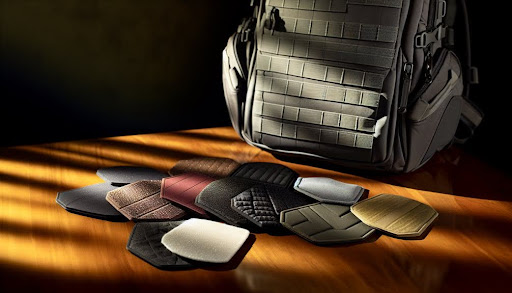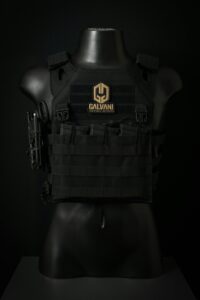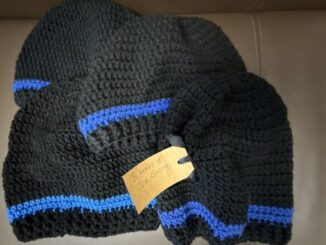
How to Select the Right Bulletproof Backpack Insert
The selection of an appropriate bulletproof backpack insert requires careful consideration of multiple technical factors. Consumers must evaluate both protection level requirements and practical constraints. NIJ classifications dictate ballistic resistance capabilities, while weight considerations affect daily usability. Material composition influences both durability and stopping power. Proper sizing guarantees adequate coverage of essential areas. Without systematic assessment of these elements, individuals risk purchasing inadequate protection or impractically heavy equipment. The following criteria establish a framework for making an informed selection decision.

Understanding Ballistic Protection Levels (NIJ Standards)
The National Institute of Justice (NIJ) classification system provides standardized ratings that determine a bulletproof backpack insert‘s protective capabilities. These ratings range from Level IIA (lowest) to Level IV (highest).
Level IIA stops 9mm and .40 S&W rounds, while Level II adds higher velocity versions of these calibers. Level IIIA protects against most handgun threats including .357 SIG and .44 Magnum. Level III shields against rifle threats including 7.62mm NATO rounds, and Level IV stops armor-piercing rifle ammunition.
Consumers should select protection levels based on realistic threat assessments, noting that higher levels typically mean increased weight and cost.
Weight vs. Protection: Finding the Right Balance
When selecting a bulletproof backpack insert, consumers must navigate the inherent tradeoff between protection level and weight. Higher NIJ protection levels provide defense against more powerful threats but add significant mass to daily carry loads.
Level IIIA inserts typically weigh 1-2 pounds, making them suitable for children and everyday use. Level III steel plates offer rifle protection but weigh 8-10 pounds, potentially causing fatigue and reducing mobility. Ceramic and polyethylene composites present middle-ground options at 4-6 pounds.
Consumers should assess their specific threat scenarios and carrying capacity before purchasing.
Materials and Their Performance Characteristics
Understanding the relationship between weight and protection leads directly to examining the materials that provide ballistic defense. Bulletproof inserts typically utilize one of three primary materials: aramid fibers (Kevlar), polyethylene (PE), or ceramic-composite combinations.
Aramid fibers offer flexibility and moderate protection at minimal weight. Polyethylene provides superior ballistic resistance with lighter weight but diminished slash protection. Ceramic-composite plates deliver the highest protection rating (NIJ Level IV) capable of stopping rifle rounds, though with significant weight penalties.
Material selection must align with threat assessment: soft aramid/PE for handgun threats (NIJ Level IIIA), and rigid ceramic-composite systems for rifle protection (NIJ Levels III-IV).
Proper Sizing and Placement for Maximum Coverage
Selecting appropriate dimensions for bulletproof backpack inserts constitutes a critical factor in ensuring ideal protection of essential organs. Standard inserts measure approximately 10″×14″, covering the crucial thoracic region when properly positioned. For extensive protection, the insert should span from the upper thoracic vertebrae (T1) to the lumbar region (L5), laterally extending to shield the heart and lungs.
Placement optimization requires centering the panel against the back when worn. Manufacturers recommend positioning the insert in the laptop compartment nearest to the body. For children’s backpacks, smaller 8″×10″ panels accommodate proportional coverage while maintaining mobility and reducing weight burden.
Maintenance, Durability, and Replacement Timelines
Proper care and maintenance of bulletproof backpack inserts directly impact their operational lifespan and protective efficacy. Manufacturers typically recommend inspecting inserts monthly for signs of damage, including tears, creases, or water exposure. Most soft armor panels maintain NIJ-certified protection for five years, while hard plates may last up to ten years under ideal conditions.
Users should avoid folding, puncturing, or exposing inserts to excessive moisture. Should an insert sustain impact from a ballistic threat, immediate replacement is mandatory regardless of visible damage. Maintaining detailed records of purchase dates enables timely replacement according to manufacturer specifications, ensuring continued protection when needed.




























